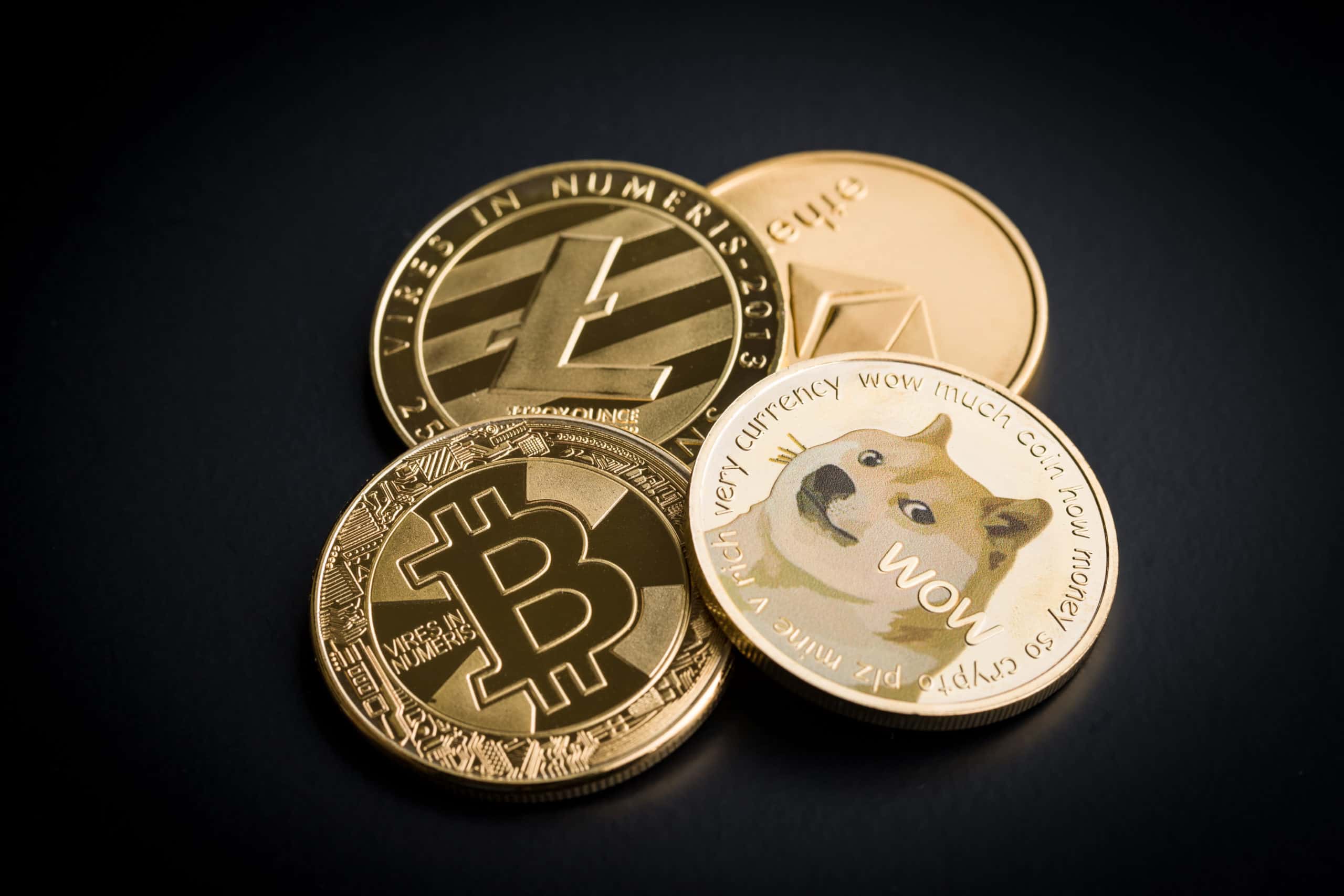Starting out as a joke on Bitcoin in 2013 and often disregarded or derided by the crypto industry, Dogecoin is now the fourth-largest cryptocurrency by market cap. Notwithstanding its recent dip, Dogecoin has been so successful that it has spawned its own joke spin-off, Shiba Inu token (SHIB), named after the breed of dog that the Doge meme is based on. SHIB has exploded in popularity in recent days following its listing on major exchanges, with its price rising 3,400% to a high of $US0.00034 on Tuesday, though it has since dropped.
Through the meteoric rises of these tokens has emerged a new breed of cryptocurrency, the “memecoin” — an asset based on a joke and its cultural significance rather than traditional measures of value. Memecoins are now also sparking debate within the crypto industry. Some say memecoins are undermining the industry’s credibility, while others say the coins bring further awareness to the crypto world and make investing more accessible to a broader range of people.
Shiba Inu — the DOGE Killer?
In China, the hashtag #Shib in bull market# became a trending topic in Weibo, China’s twitter-like micro-blog platform. About 55 million people read this topic and had 3,465 discussions on it within a day, with many comments simply asking: “Where did you buy it?”
The Shiba Inu coin has also caught the attention of mainstream media. 21st Century Business Herald, a Shanghai-based business newspaper, polled Weibo users if they had heard of the coin. The demand to trade SHIB has even caused delays in registering new accounts for Binance and OKEx due to a backlog of processing know-your-customer requirements.
See related article: Barking at the moon: SpaceX lunar launch to be funded by Dogecoin
But this sudden interest in trading memecoins did not come out of nowhere. Many investors disillusioned by the GameStop (GME) events earlier this year appear to have moved into crypto, bringing an awareness of the influence and growth potential an asset can have once it becomes a meme. This influences the dynamic of other cryptocurrencies as well, experts say. As Bitcoin matures along with the industry, its role as a disruptor begins to diminish, and investors who may have initially be drawn to it for that reason begin to look for alternatives.
“As GME has pushed more retail into crypto, so these memecoins will lead new traders deeper into the space,” said Ben Caselin, head of research and strategy at London-based exchange AAX. “[Bitcoin investors] might be puzzled why these anti-establishment traders are not rushing into Bitcoin to front-run the institutions, and are instead piling onto these high-risk assets, it is not so different from previous bull runs — from the ICO craze to Bitcoin’s earlier days during the Mt. Gox era.”
Of course, it is not purely idealism driving this surge in investment. With Bitcoin priced in the tens of thousands of dollars, there is great appeal to investing in a cryptocurrency worth fractions of a cent in the hope it too will eventually rise in value. Investors may also be drawn to the ability to own thousands or even millions of a token, as opposed to fractions of a more valuable one. To address this issue, calls have been growing to allow investors to switch to SAT mode, which would break a single Bitcoin into 100,000,000 separate units, to remove the psychological barrier of the price of a single coin.
Regardless of motivation, many in the industry do not believe this memecoin trend to be a positive one.
Sam Bankman-Fried, the billionaire crypto trader and CEO of FTX, the crypto derivatives exchange, believes investing in memecoins arbitrarily in the hope they rise in value is not beneficial to the industry, though he understands why people are drawn to it.
“I think it’s sad and shitty for the space,” Bankman-Fried said, “But I think people are making the correct decision for themselves when they do this.”
Is Bitcoin ‘legacy’ now?
Another memecoin seeing incredible growth in China recently is the provocatively named Loser Coin (LOWB). Despite only launching less than a month ago, on April 21, it has already developed a massive following with a market cap of over US$57 million, according to CoinMarketCap.com. The LOWB founders’ lack of industry experience has only helped endear them to Chinese traders, who have a strong national culture of supporting the underdog.
See related article: SNL lights too bright for Dogecoin; ESG investments join crypto | The Daily Forkast
“The hype around these memecoins, while driven by the same economic factors inflating most asset classes, is not a financial, but a social phenomenon that ought to be considered as such,” Caselin said. “It is anti-institutional, anti-regulation and perhaps may even seek to test established paradigms in the crypto space.”
While he sees memcoins’ disruptive potential, Caselin says that’s not necessarily a bad thing for the industry, which will continue to change and evolve as it matures.
“Some might be shocked by all that’s happening,” he said, “but the craziness in the memecoin market might be a good thing for Bitcoin and the crypto space as a whole.”
The attention memecoins are receiving, especially as they appeal more to novice investors, may serve to raise public awareness of crypto price volatility and risks.
“For many, this is a toe in the water for digital investing,” said Walter Jennings, head of corporate communications at HashKey Group, a digital asset services provider, in an interview with Forkast.News. “Like all other asset classes, there is risk involved in digital assets investment so more education is necessary. Investors should strike a balance between risk management and return on investment. Education is important to ensure investors understand what they are investing in.”
Kelly Le contributed to this report.

